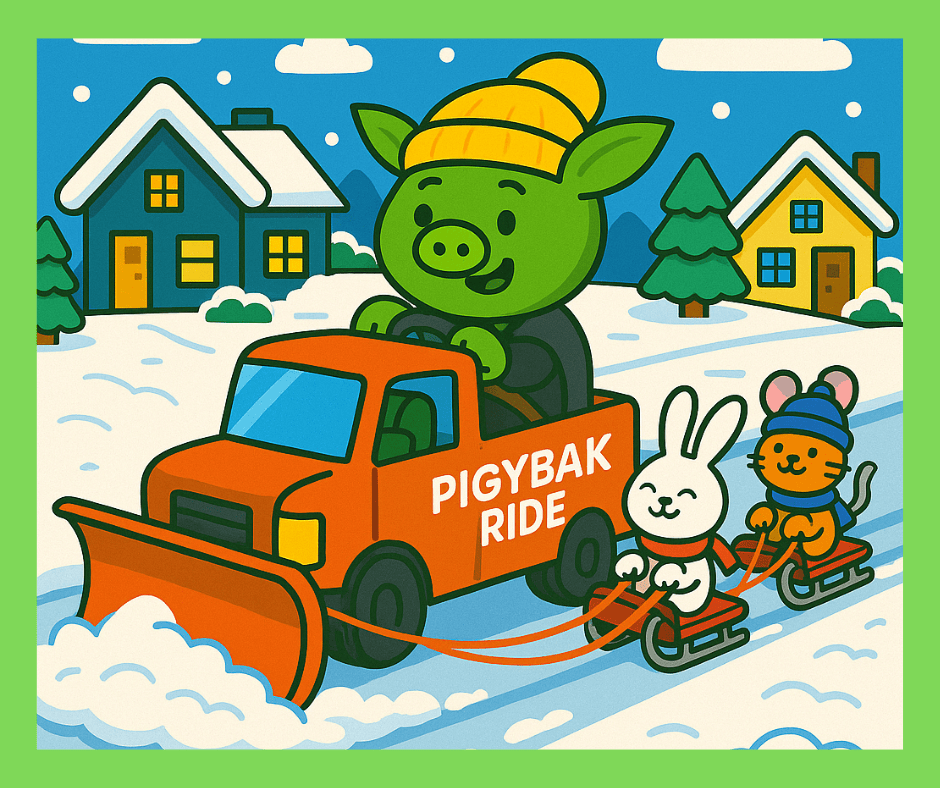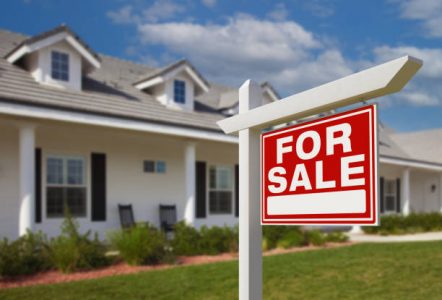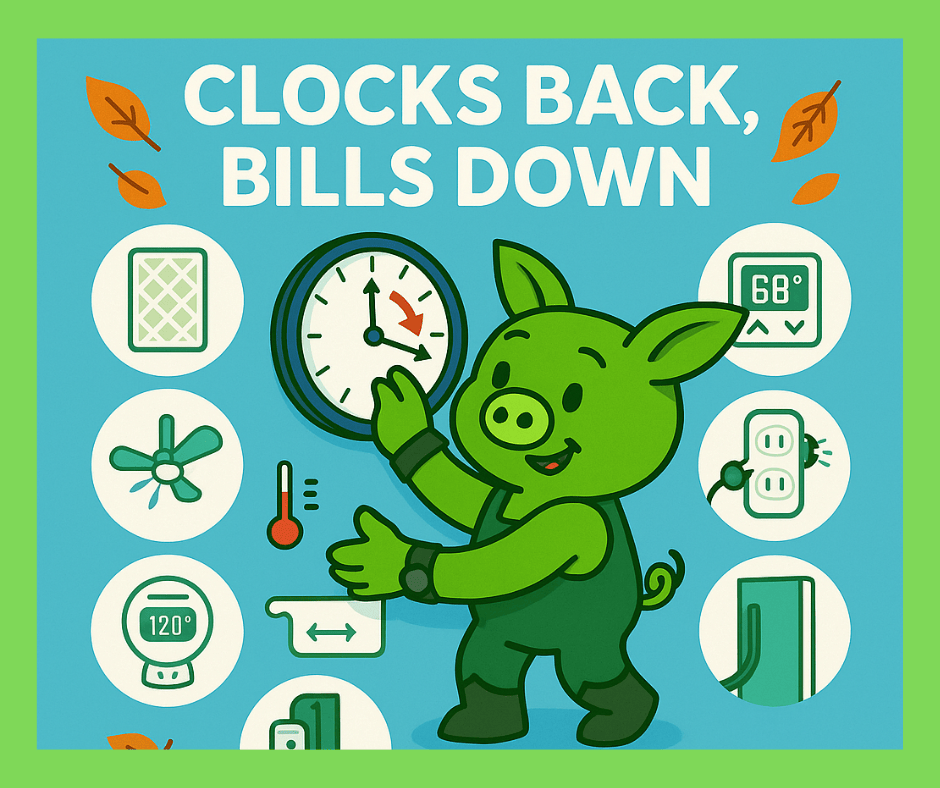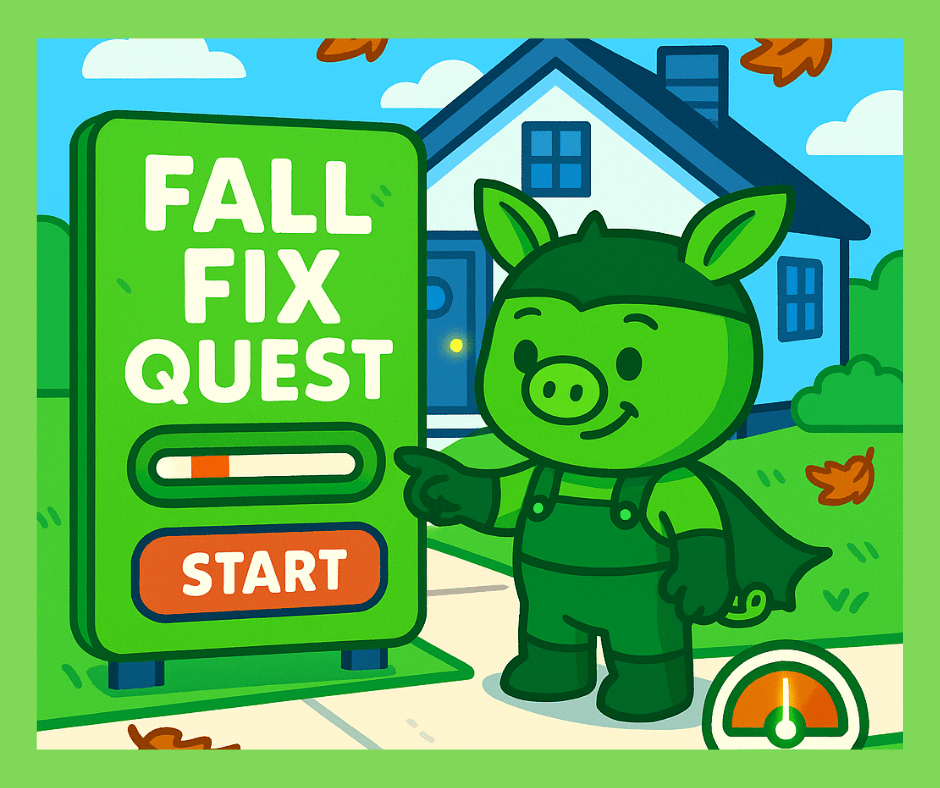
November 13, 2025 | Features, Sustainable Home Tips
So, you’ve found your dream home—or at least a place with good bones, great light, and a yard that isn’t a total mess. Before you start mentally mapping out where the couch goes, there’s one checklist most buyers never see—and realtors rarely mention: the eco-friendly homebuyer checklist.
In today’s market, energy efficiency and sustainability aren’t just buzzwords—they’re smart investments that save money, reduce your footprint, and boost long-term property value. With recent updates to federal incentives for home energy upgrades and increasing climate-related insurance costs, being eco-conscious at closing could mean serious savings later.
This guide breaks down the step-by-step green features to evaluate—and how Pigybak can help you make sustainable upgrades easier (and more affordable) after you move in.

Look for double or triple-pane windows with low-E glass and insulated frames (like fiberglass or vinyl). Avoid aluminum frames, which conduct heat and lose efficiency fast.
✅ Pro Tip: Condensation between panes = broken seals. That’s money out the window (literally).
💰 Bottom Line: Energy-efficient windows can lower heating and cooling costs by up to 25%, talk about a green home upgrade that packs a punch (Energy.gov).
🔗 Learn about window efficiency ratings
Pigybak Tie-In: Book energy-efficient window replacements as a Pigybak Ride to save big alongside neighbors.
Insulation should be present in walls, crawlspaces, ductwork, and rim joists. Spray foam was once the go-to, but new research raises concerns about chemical off-gassing from certain types (Environmental Working Group).
✅ Ask for the R-value and whether any foam insulation used is formaldehyde- and isocyanate-free.
💰 Bottom Line: Good insulation saves 10–15% annually on energy bills (DOE).
🔗 Insulation guide by Energy Star
Pigybak Tie-In: Schedule a professional energy audit through Pigybak to reveal where upgrades make the biggest impact.
An often overlooked component of any home inspection, your eco-friendly new home checklist should look beyond the shiny smart speaker and check for:
✅ Ask for the model and age of HVAC units and thermostats.
💰 Bottom Line: Smart thermostats can save $131–$145 annually (EPA Energy Star).
Pigybak Tie-In: Bundle your smart upgrades with other homeowners and cut installation costs.
Seek out:
✅ Red Flag: Sprinkler-dependent lawns with no zoning or timers.
💰 Bottom Line: Replacing turf with native landscaping can reduce irrigation needs by 50–75% (EPA WaterSense).
Pigybak Tie-In: Pigybak makes it easy to organize landscaping upgrades post-move with eco-conscious pros.
Ask if the roof:
✅ Watch out: Wood shake, slate, and older clay tile roofs are often problematic for solar.
📍 Cleveland note: Despite cloudy winters, Ohio’s net metering policy and new community solar pilot program are making solar more feasible (PUCO).
💰 Bottom Line: A solar-ready home can add $15,000+ in property value (Lawrence Berkeley Lab).
🔗 Check solar viability with Project Sunroof
Pigybak Tie-In: Team up with neighbors for solar consults and take advantage of group install discounts.
Look for:
✅ WaterSense-labeled fixtures = lower water bill and environmental impact.
💰 Bottom Line: Switching to WaterSense fixtures saves 20%+ on indoor water use (EPA).
Pigybak Tie-In: Schedule a water-saving fixture swap for your whole block and enjoy group savings.
Ask about past renovations and request specifics on:
✅ Red Flag: No documentation or vague “builder grade” labels.
💰 Bottom Line: Cleaner air = fewer long-term health issues and better resale appeal.
🔗 GreenGuard Certified Products Database
Pigybak Tie-In: Pigybak connects you with trusted pros who source healthier building materials.
Choose communities with:
✅ Use tools like Walk Score or city climate plans to assess long-term livability.
💰 Bottom Line: Less driving = less gas, lower insurance, and higher life quality.
Pigybak Tie-In: Pigybak works best in communities that share resources—fewer trucks, more savings.
A greener home doesn’t just save energy—it adds value, reduces maintenance, and enhances your quality of life. Use this step-by-step new home checklist before you buy—and then use Pigybak to bring your vision to life. For those considering selling your home, consider this a way to stand out in the crowd and add value to your home.
I, [Customer Name], hereby authorize Pigybak to include my name, phone number, and address in their database. I also opt-in to receive notifications about upcoming services in my area. I validate that the information provided is accurate and represents my personal information, not others.
By providing this authorization, I understand and agree to the following terms:
I authorize Pigybak to set up a profile on my behalf, which may include my name, phone number, and address.
I consent to receiving notifications from Pigybak about upcoming services in my area via text message.
I acknowledge that I have the option to opt out of receiving notifications at any time. I can do so by directly contacting the contractor or managing my preferences in the Pigybak app.
I authorize Pigybak to share my contact information with the contracted service providers for the purpose of facilitating service delivery.
Pigybak agrees not to share my information with third parties without obtaining separate authorization from me.
I understand that Pigybak may update the terms and conditions, and I agree to review them periodically for any changes.
I acknowledge that the standard terms and conditions of the Pigybak mobile application, which can be found at www.pigybak.com/privacy-policy, apply to this authorization.
I acknowledge that this authorization is voluntary, and I have read and understood the terms outlined above. By providing my information, I consent to the terms above.

